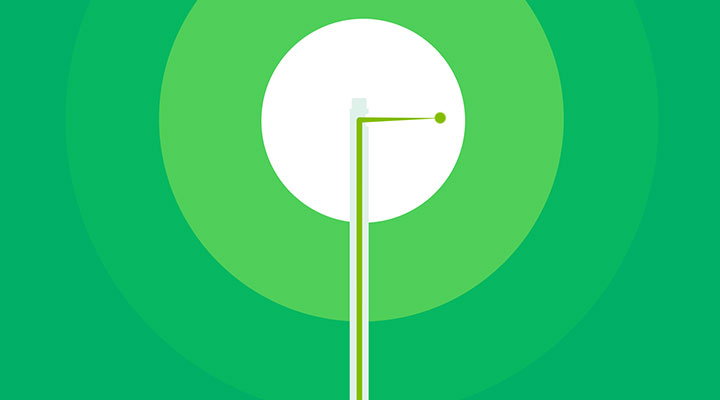Who has BPH?
| 60% | ||
| of men by age 602,3 |
| 80% | ||
| of men by age 802,3 |
Non-surgical Treatments
Minimally Invasive Treatments
Other Surgical Options
Take the Quiz
Take our BPH quiz to identify if you are experiencing BPH symptoms and help you kick-start the conversation about BPH with your doctor.
Questions to ask your GP or Urologist
Helpful hints on how to start the conversation with your GP or
urologist, and other useful resources.
References
- Mayo Clinic Patient Care & Health Information Diseases & Conditions Benign prostatic hyperplasia (BPH) https://www.mayoclinic.org/diseases-conditions/benign-prostatic-hyperplasia/symptoms-causes/syc-20370087 Accessed 13 May 2019.
- American Urological Association Guideline: management of benign prostatic hyperplasia (BPH). 2010. Surgical Management of Lower Urinary Tract Symptoms Attributed to Benign Prostatic Hyperplasia (2018). https://www.auanet.org/guidelines/benign-prostatic-hyperplasia/lower-urinary-tract-symptoms-(2018)#x8218 Accessed 25 February 2019.
- Mazur DJ, Helfand BT, McVary KT et al: Influences of neuroregulatory factors on the development of lower urinary tract symptoms/benign prostatic hyperplasia and erectile dysfunction in aging men. Urol Clin North Am 2012; 39: 77-88.
- Data on file with Boston Scientific.
Results from case studies are not necessarily predictive of results in other cases. Results in other cases may vary. All images are the property of Boston Scientific. All trademarks are the property of their respective owners.
DISCLAIMER: Surgery is required to use the Rezum System, and any surgical procedure carries risk. Outcomes may vary for each patient. Consult with your doctor to determine if the Rezum System is suitable for you and any factors that could impact your response.
*Individual symptoms, situations, circumstances and results may vary. This quiz is meant for information purposes only, it is not intended to be used for medical diagnosis or treatment or as a substitute for professional medical advice. Please consult your doctor or qualified healthcare provider regarding your condition and appropriate medical treatment. This site is intended for Australian residents only. Please review the Boston Scientific Privacy Policy, for practices on the collection, storage, use and disclosure of your personal information.
CAUTION: Indications, contraindications, warnings, and instructions for use can be found in the product labelling supplied with each device or at www.IFU-BSCI.com






